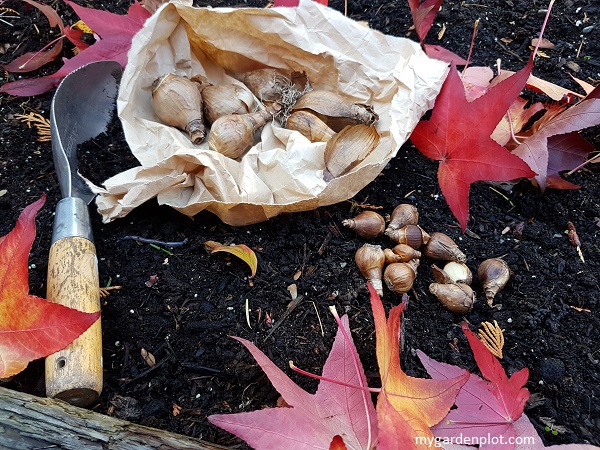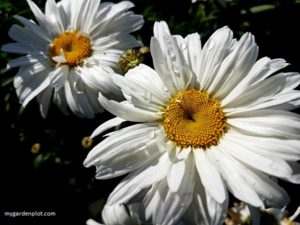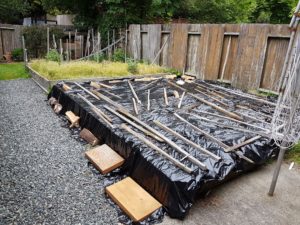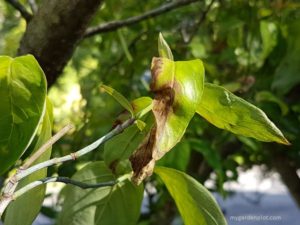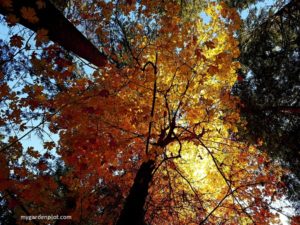When, Where And How To Plant Bulbs
Planning your spring, summer or fall flowering bulb garden is a rewarding gardening endeavour. The wait is sometimes forgotten in the process. But the delight after a few months viewing an impressive display of flowers never fails to bring joy in a spring garden or summer garden. This is especially true for early spring flowering blubs after a dreary winter. Flowering bulbs can be grown in the garden, lawns or containers. For best effect, plant at least three or four bulbs as a group. Bulbs are easy to plant, but a few pointers will ensure you get the best of your new flowering plants. The first step in how to plant bulbs is with careful planning and good soil preparation. Once planted, hardy bulbs are low maintenance and will continue flowering year after year.
The term ‘bulbs’ is often used loosely for the different types of bulbous plants, including corms, tubers, rhizomes and, of course, true bulbs. When we think of bulbs, the most well known include tulips, daffodils, and dahlias. But, of course, there are many desirable bulbous plants to choose from. And in the kitchen garden, plant your garlic. But I digress. Following are details for when, where and how to plant bulbs and tips on soil preparation and planting options.
RELATED TOPIC: Lilium (Lily): How To Plant, Grow And Care for Lilies
When To Plant Spring Flowering Bulbs
The popular hardy spring-flowering bulbs – such as daffodils, tulips, crocuses and hyacinths – should be planted as soon as they are purchased in the fall. These are available in garden centres during the autumn months, which is the best time to plant them. Leaving them out of the ground for longer will begin dehydration. Plant as soon as the temperature drops below 15C (59F) and before it drops below 5C (41F) and your first hard frost. This weather gap for planting bulbs will vary from region to region, but for the most part, it would between September to December. Here on the Pacific Northwest coast, we can generally continue planting bulbs until the end of November. Keep in mind that leaving them to plant late in the season means less time for the bulbs to grow a healthy root system and develop tolerance to sustain the winter cold.
When To Plant Summer Flowering Bulbs
Summer flowering bulbs are planted in the springtime. You will start to see dormant bulbs become available in the garden centre from early spring. However, wait to plant until the danger of frost is over and the soil begins to warm up.
RELATED TOPIC: How To Plant, Grow, Care And Overwinter Dahlias Tubers
Soil Preparation And How Deep To Plant Bulbs
It is easy to calculate how deep to plant bulbs. The correct planting depth of a bulb depends on the bulb size. The bigger the bulb, the deeper you will need to plant it. To estimate the required depth use the height of the bulb plus three times its size. In other words, if the bulb is one inch tall, then it needs to be planted in a hole that is four inches deep into the ground. Use a handy bulb planter tool to make the job easier.
One of the most important things to consider for the location for planting your blubs is to have good-drainage. Waterlogged areas or soggy soil will encourage bulb rot. Well-drained sandy or loamy soil is ideal. And compact soil needs to be loosened.
If you have healthy, rich soil, slow-release fertilizer specifically formulated for bulbs may not be necessary. If your soil is less than ideal, consider improving your soil with organic conditioners, such as compost or manure, or perhaps garden sand to improve drainage. You likely will need to add a slow-release bulb fertilizer that is formatted specifically for bulbs. If this is required, then dig the hole about five times the height of the bulb. This depth will allow extra room to add bulb food and a layer of soil to cover it. The bulb should not touch the fertilizer directly. Add the slow-release bulb fertilizer first into the hole and cover with about an inch or two of soil to act as an initial barrier. Then place the bulb on top of this layer of soil. When the roots begin to grow it will then access the fertilizer. Don’t add too fertilizer, only a little is needed.
How To Position Your Bulbs When Planting
Place the pointed end of the bulb facing upwards. Backfill the hole gently so as to not to dislodge the bulb position, and ensuring there are no air pockets. Once you have planted your bulbs, water deeply.
Important note for outside container planting. Plant the bulbs away from touching the side of the planter. Planting so close to the outside of an ornamental container will not provide the insulation needed and likely exposure the bulbs to freezing temperatures outdoors.
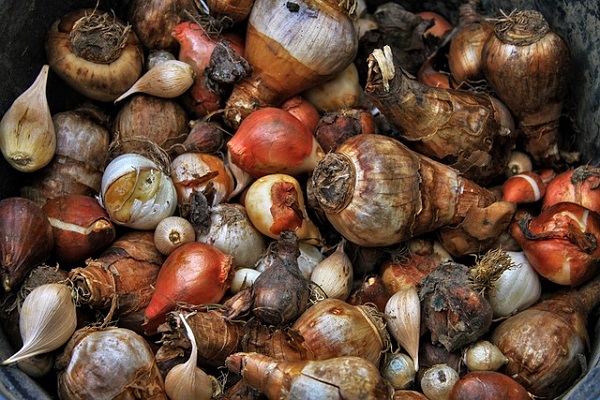
View the choice of gardening supplies online for maintaining your garden bed and lawn. Select art and sculptures to add fun element in your garden, and all the products for making a vegetable patch. Browse the latest deals for garden supplies. And check out the awesome deck decorations and patio furniture, and the necessary garden tools.

